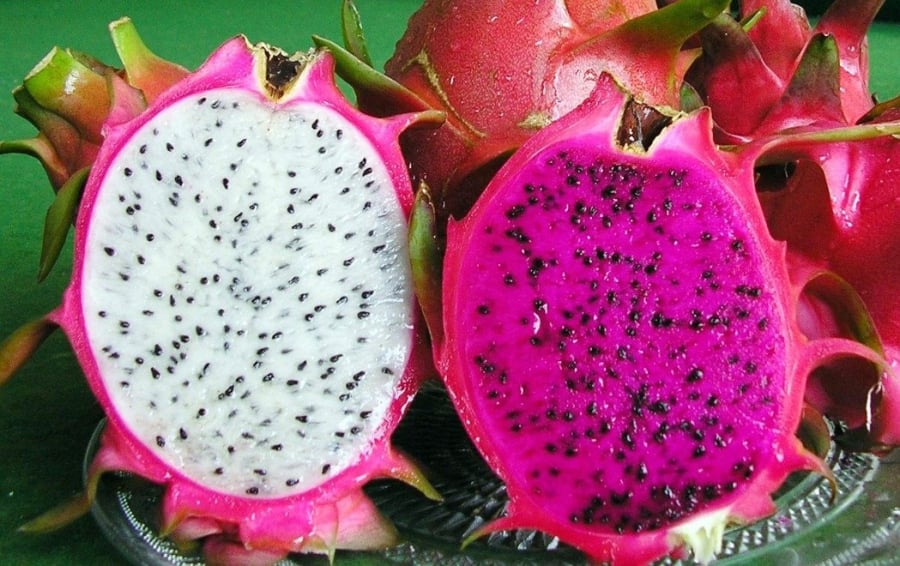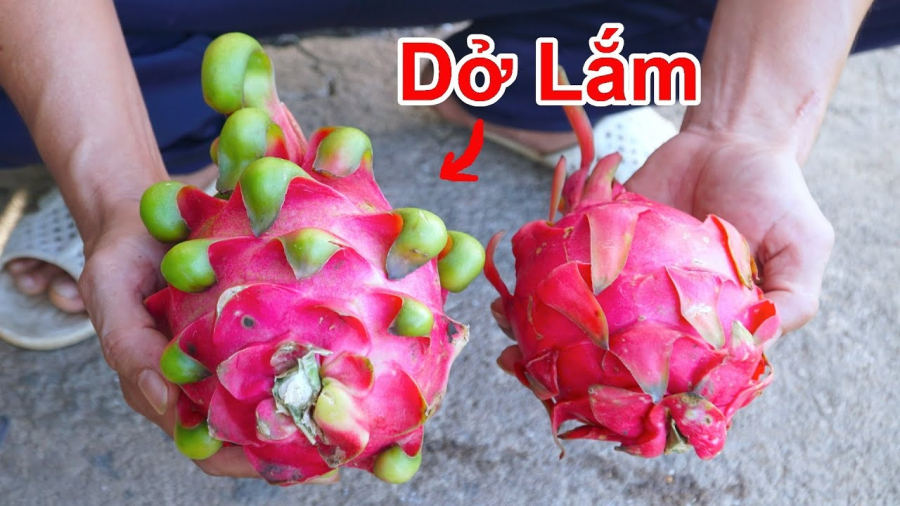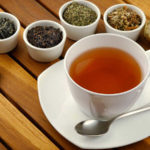Dragon fruit is a popular choice of fruit in Vietnam, renowned for its delicious taste and high nutritional value. However, not everyone knows how to select the sweetest and most pulpy dragon fruit. Here are some tips shared by dragon fruit farmers to help you pick the best ones.

Tips for Choosing the Tastiest Dragon Fruit
1. Observe the Color of the Skin
One of the first and most important factors in assessing the quality of dragon fruit is the color of its skin. The sweetest dragon fruit usually has bright red skin with an even color and no patches. Those with darker red or slightly purple skin tend to be sweeter. If the skin looks pale or has dark spots or blemishes, it’s best to avoid them as they may be overripe or of poor quality.
2. Check the Skin’s Firmness
Another tip to identify ripe dragon fruit is to feel the firmness of the skin. Gently press the fruit with your finger. If the skin is resilient and neither too hard nor too soft, the dragon fruit is likely just right, indicating a promise of juicy and pulpy flesh. Conversely, if the fruit is too soft or too hard, it may be a sign that it has wilted or is not yet fully ripe, affecting its sweetness.
3. Examine the Fruit’s Wings and Whiskers
The wings of the dragon fruit also reflect its quality. When purchasing, opt for fruits with fresh, thick, and green wings that aren’t wilted or dry. Dragon fruit with fresh wings is likely to have been picked at the right time, ensuring sweetness and a pulpy texture. Additionally, pay attention to the whiskers; green and long whiskers indicate freshly picked fruit, while dry and short ones suggest that the fruit has been sitting for a while and may not be as fresh.
4. Consider the Weight of the Fruit
A good dragon fruit will feel heavier than its size suggests. When you hold it in your hand, you should sense its weight, which is a sign of pulpy and juicy flesh. Conversely, if the fruit feels light, it may indicate that the pulp has shrunk, resulting in a loss of taste and natural sweetness.

How to Pick the Sweetest and Most Pulpy Dragon Fruit
5. Pay Attention to the Fruit’s Aroma
The aroma of dragon fruit is another crucial factor in determining its quality. Ripe dragon fruit will have a subtle, sweet fragrance. If the fruit has an overpowering smell or hints of fermentation, it may be overripe or spoiling, so it’s best to avoid purchasing it.
Choosing the sweetest and most pulpy dragon fruit is easy if you keep these tips in mind. By observing the color, feeling the firmness, examining the wings and whiskers, considering the weight, and paying attention to the aroma, you can easily select the most delicious dragon fruit. Apply these tips to elevate your daily dragon fruit experience.
The Ultimate Guide to Choosing the Best Meat: Secrets Your Butcher Doesn’t Want You to Know
“Choosing the best cuts of meat can be a daunting task for any home cook. But fear not, as we unveil the secrets to selecting the perfect meat. With our expert tips and tricks, you’ll be a master meat connoisseur in no time. Join us on this culinary journey as we explore the art of meat selection and take your cooking skills to the next level!”
The Ultimate Guide to Yoga Mat Sizes: Unrolling the Perfect Mat Dimensions for a Balanced Practice
Yoga mats are an essential tool for any yogi, offering a stable and comfortable surface to perfect your practice. With so many options available, it can be a challenge to find the perfect yoga mat. Join us as we unravel the world of yoga mats, offering insights into the ideal mat size and crucial factors to consider when making your choice.
Does Tea Expire?
Introducing the world of tea – a beloved beverage with a delicate flavor and a host of health benefits. But do teas expire? And how should you store them to retain their freshness and potency? Join us as we delve into the fascinating world of tea and uncover the secrets to enjoying your favorite brew for longer.



































